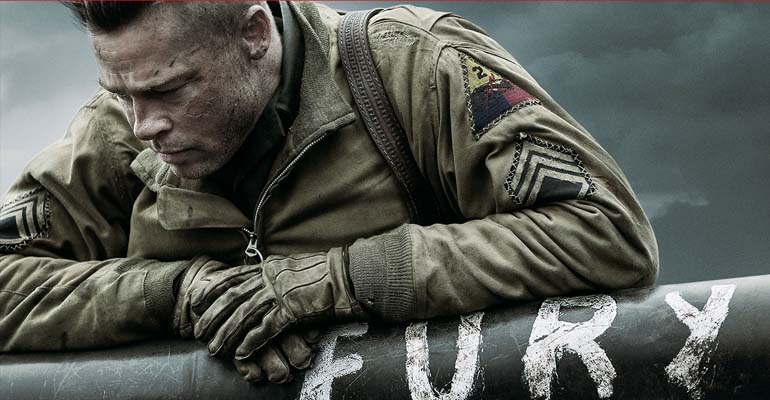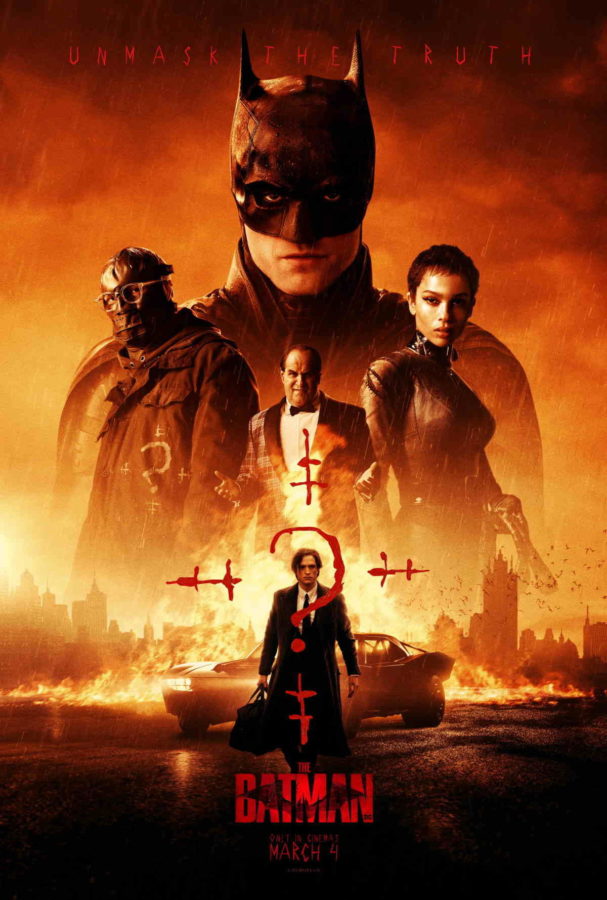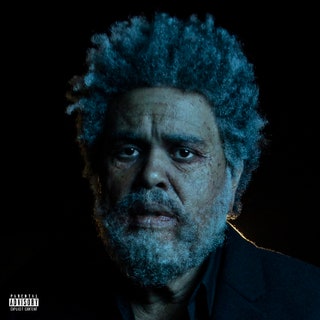Lately, it seems that the trend in films based on wars is to glorify the conflict and to glance over the harrowing truths of what life in a war is actually like. Let me assure you that “Fury” does no
such thing.
From the onset of the film, “Fury” reminds the viewer over and over again of the high stakes and consequences that result from men trying to kill each other. As Don “Wardaddy” Collier, played by Brad Pitt, leads his ragtag group of hardened soldiers through Germany in the titular tank, Fury, he makes a point to show every last gruesome detail of the tumultuous lives that soldiers lived during World War II.
The character Norman, played by Logan Lerman, hammers this point home. Norman is new to combat, but he is tasked with joining Collier and his men aboard Fury. While these men are accustomed to killing for survival, Norman initially resists taking part in the killing of his fellow man. As the film progresses, both Norman and the viewer learn to accept killing as necessary for survival.
Where “Fury” shines is in the way the film examines how the characters deal with the incomprehensible horrors of war. Every man is shown to have his own way of coping with the things they do during the war, whether it be turning to religion, women or alcohol, but it is shown that these coping mechanisms are usually not enough.
Religion is used constantly throughout the film as a contrast to the violence that the soldiers carry out.
This is particularly exemplified in my personal favorite character, Boyd “Bible” Swan, the deeply religious member of the squad played by Shia LaBeouf. The contrast of a devoutly religious man who has to justify the killings that he visually takes pleasure from is an incredibly interesting concept, and LaBeouf pulls it off masterfully in what I believe to be the best performance of his career.
LaBeouf’s co-stars also deliver fantastic performances. Pitt is especially powerful as the overtly macho yet conflicted Collier, and Lerman plays the naïve Norman in a way that makes the character very sympathetic and likeable.
Visually, “Fury” is superb. Each scene is beautifully shot, and even though most of the action takes place in the titular tank, nothing feels claustrophobic or cluttered.
The final fight scene of the movie is especially well done, with some very nice use of lighting and silhouettes.
While I very much enjoyed “Fury,” and multiple scenes will stick with me for weeks to come, the film is not without its faults. For one, the film does get somewhat preachy during some conversations between the seasoned veteran Collier and Norman.
The film also does get somewhat repetitive in that the same essential scenarios occur multiple times. In a movie that is two hours long, this does get slightly taxing.
Ultimately, any faults I have with “Fury” are minor. The film presents one of the most realistic and harrowing depictions of war I have ever seen and it is
expertly executed.
































